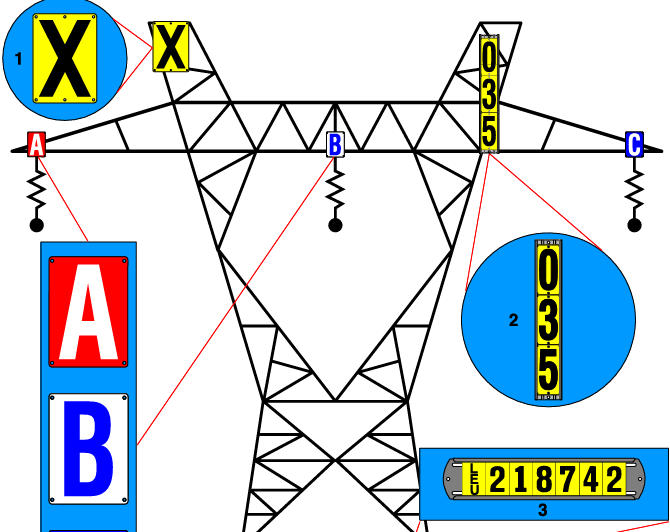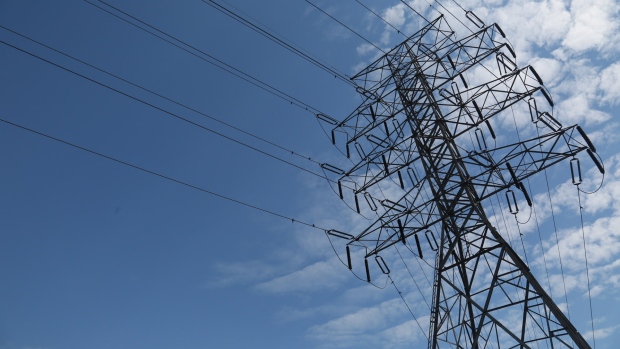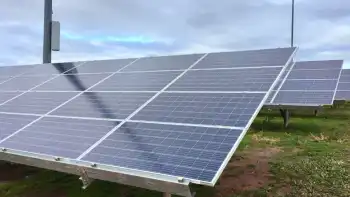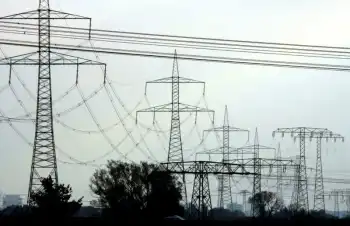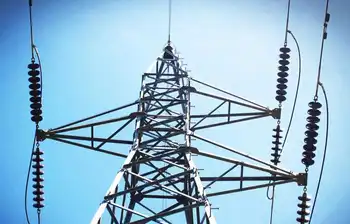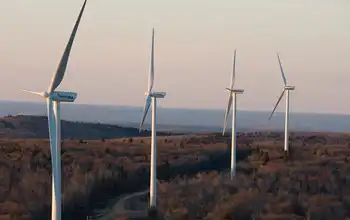Chevy Volt connected to OnStar EV laboratory
By CNET News
NFPA 70e Training
Our customized live online or in‑person group training can be delivered to your staff at your location.

- Live Online
- 6 hours Instructor-led
- Group Training Available
The OnStar EV Lab, housed in GM's downtown Detroit corporate headquarters, is now using the OnStar communications system to gather data on 19 Chevy Volt vehicles for engineering purposes. The same technology will give consumers the ability to tap online services and perform tasks specific to a plug-in electric vehicle, company executives said.
When GM releases the Volt at the end of next year, consumers will be able to program when to charge the vehicle much like they operate home heating and cooling system, said Tony Posawatz, the vehicle line director for the Chevy Volt. GM is considering more advanced features as well, such as demand response where car charging slows down during peak times in exchange for lower rates from the utility.
"The car will have to talk to the grid and be able to pull very sensitive (utility) data," Posawatz said. "Electric vehicle customers want to manage their energy — they're very into data. OnStar is an enabling tool for us."
The OnStar system could broker communications with the utility so that consumers can charge at off-peak times, such as the middle of the night, and potentially take advantage of lower rates. "Smart charging," or charging at off-peak times, is important to manage so that plug-in electric vehicles don't add to peak-time electricity demand. In the near term, utility executives say the biggest concern is that many cars in one local area will tax one particular electricity distribution point.
Because rolling the Volt out will require coordination with utilities, General Motors plans to offer the Volt only in certain regions of the U.S. when the car is first made available. "It certainly won't be a nation-wide roll-out," Posawatz said.
Having an integrated communications system, which uses the digital cellular network, with OnStar is a boon to Volt engineers because there isn't a lot of available data on battery performance from cars of similar design, company executives said. The Volt is an extended-range electric vehicle that can drive 40 miles on battery charge and then uses an internal combustion engine to sustain the battery charge for longer rides.
There are 20 modules on the Volt that can feed information back to GM engineers at the OnStar EV Lab, allowing them to get performance and diagnostic information on individual cars. The system also allows GM to get data on the battery subsystem, which the company is testing rigorously as it finalizes the car. For example, OnStar can monitor battery charge, temperature, and the performance of the liquid-cooling system.
OnStar, which is a subsidiary of GM, now has 5.6 million subscribers who pay either $199 or $299 per year for services, such as road-side assistance or remote car unlocking, which are handled by people in GM call centers. Although the system was designed to poll performance data on gasoline cars, GM executives said that the technology platform is flexible enough to work with different powertrains.
GM plans to offer the OnStar service in China next year. Also, GM intends to sell the Chevy Volt in China, western Europe, and Canada, executives said.






